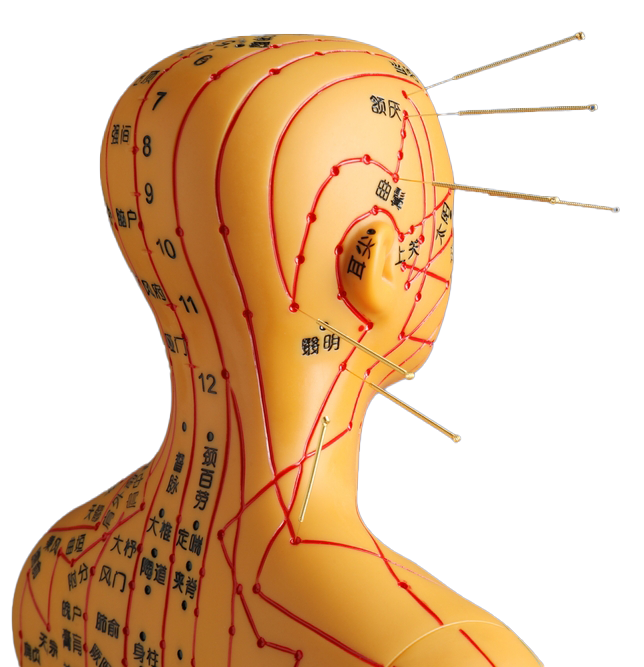- Facet joint Radiofrequency Thermocoagulation (RFT) Treatment
- Radiofrequency Thermocoagulation Dorsal root ganglion (DRG) radiofrequency thermocoagulation (RFT)
- Discitis Procedure
- Sacroiliac Joint Radiofrequency Treatment (Simplicity)
- In-Disc Ozone Therapy
- Nucleoplasty
- Transforaminal Injection (Pinpoint)
- Facet joint block
- Epidural Injection
Neuropathic pain medications
- Home
- Medication Therapy
- Neuropathic pain medications
Contents
Toggle- Creating an individualised treatment plan
- The role of different specialities (physiotherapist, orthopaedist, psychologist, neurosurgeon)
- Pain treatment during pregnancy
- Treatment of chronic pain in the elderly
- Pain management in children
- Stress management
- Healthy eating
- Ergonomic living arrangements
- Exercise and mobility
- Facet joint Radiofrequency Thermocoagulation (RFT) Treatment
- Radiofrequency Thermocoagulation Dorsal root ganglion (DRG) radiofrequency thermocoagulation (RFT)
- Discitis Procedure
- Sacroiliac Joint Radiofrequency Treatment (Simplicity)
- In-Disc Ozone Therapy
- Nucleoplasty
- Transforaminal Injection (Pinpoint)
- Facet joint block
- Epidural Injection
- Cancer pain
- Permanent Epidural / Spinal Port Application
- Vascular Port (Permanent Vascular Access)
- Trigeminal Nerve RFT
- Blockade of Ganglion Stellatum
- Lumbar Sympathetic Ablation
- Facet joint Radiofrequency Thermocoagulation (RFT) Treatment
- Radiofrequency Thermocoagulation Dorsal root ganglion (DRG) radiofrequency thermocoagulation (RFT)
- Hernia Burning (IDET)
- Discitis Procedure
- Sacroiliac Joint Radiofrequency Treatment (Simplicity)
- Permanent Epidural / Spinal Port - Pump System
- In-Disc Ozone Therapy
- Nucleoplasty
- Peripheral Nerve Block
- Transforaminal Injection (Pinpoint)
- Facet joint block
- Epidural Injection
- Intra-articular Fluid Treatment
- Dorsal root ganglion (DRG) radiofrequency thermocoagulation (RFT)
- Spinal cord stimulation (pain pacemaker)
- Ergonomic living arrangements
- Spinal cord stimulation (pain pacemaker)
- Nucleoplasty
- Radiofrequency ablation
- Herbal solutions
- Dry needle treatment
- Anti-ageing treatments
- Ozone therapy
- Cupping therapy - Cupping
- Mesotherapy
- Prolotherapy
- Acupuncture
- Stem Cell Therapy
- Nerve blockages
- Corticosteroid injections
- Massage and relaxation techniques
- Manual therapy
- Electrotherapy
- Neuropathic pain medications
- Anti-inflammatory drugs
- Muscle relaxants
- Painkillers (paracetamol, ibuprofen, etc.)
Neuropathic Pain Medications: Remedies against nerve-related pain
Pain can sometimes be caused by conditions such as injury or inflammation, but sometimes it can be caused directly by the nervous system itself. Here is how it works neuropathic pain It is precisely the latter, i.e. caused by nerve damage or disease. Various conditions such as diabetic neuropathy, postherpetic neuralgia, spinal cord injury or fibromyalgia can cause neuropathic pain. In this article, we will discuss what neuropathic pain is, which medications are used and what you should be aware of with these medications.
What is Neuropathic Pain?
Neuropathic pain is a type of pain caused by a malfunction of the body's alarm system (nervous system). It can also be described as pain that is felt "spontaneously" without the need to hit something or damage tissues. Typical symptoms include:
- Burning or stinging sensation
- Pain like an electric shock
- Numbness, tingling (paresthesia)
- Hypersensitivity to touch (allodynia)
Symptoms such as pain. In most cases, pain management is achieved with specialised medication targeting neuropathic pain as well as treatments for the underlying cause.
How Do Neuropathic Pain Medications Work?
Regular painkillers (such as paracetamol or NSAIDs) are sometimes not effective enough for neuropathic pain. This is because these medicines are usually designed to suppress pain associated with inflammation or damage to tissues. Neuropathic pain medications are nervous system has an effect on it:
- Reducing Nerve Speed: It aims to prevent excessive neural impulses (firing) by controlling the communication between nerve cells.
- Maintaining Chemical Equilibrium: It can reduce the sensation of pain by regulating the levels of serotonin, noradrenaline or other neurotransmitters between nerve cells.
Commonly Used Neuropathic Pain Medications
- a) Gabapentin
- How does it work? Reduces excessive nerve impulses by regulating calcium channels in the brain.
- Areas of Use: It is preferred in conditions such as diabetic neuropathy, postherpetic neuralgia (pain after shingles), fibromyalgia.
- Possible Side Effects: Drowsiness, dizziness, fatigue, dry mouth. These side effects can usually be alleviated by dose adjustment in the first few days.
- b) Pregabalin
- How does it work? Similar to gabapentin, it regulates chemical transmission processes in nerve cells and increases the seizure threshold.
- Areas of Use: It is widely prescribed in neuropathic pain disorders such as diabetic nerve damage, fibromyalgia, pain after shingles.
- Possible Side Effects: Dizziness, drowsiness, blurred vision, sometimes weight gain.
- c) Tricyclic Antidepressants (e.g. Amitriptyline)
- How does it work? It alleviates pain signals by regulating serotonin and noradrenaline levels in the body.
- Areas of Use: It is highly effective in neuropathic pain, depression and chronic pain syndromes.
- Possible Side Effects: Dry mouth, constipation, drowsiness, sometimes palpitations. Adverse effects can be minimised by starting with low doses and slowly increasing them.
- d) SNRI (Serotonin-Noradrenaline Reuptake Inhibitors) - Duloxetine
- How does it work? It reduces the feeling of pain by increasing serotonin and noradrenaline levels in the brain.
- Areas of Use: It is especially prominent in diabetic neuropathy and fibromyalgia.
- Possible Side Effects: Nausea, dizziness, insomnia or drowsiness. Side effects usually subside within a few weeks.
- e) Other Options
- Topical Creams and Patch (Lidocaine, etc.): It acts locally on neuropathic pain in a specific area.
- Opioid Derivatives: If the pain is very severe and other medications are insufficient, they can be used for a short time, but should be approached with caution due to the risk of addiction and side effects.
- Other Antiepileptics: Drugs such as carbamazepine or oxcarbazepine may be particularly useful for specific neuropathic pain such as trigeminal neuralgia.
Side Effects and Cautions
- Dizziness and drowsiness: Drugs such as gabapentin and pregabalin may cause drowsiness and balance problems, especially when first started. Care should be taken when driving.
- Digestive Problems: Problems such as nausea or constipation may occur. Drinking enough fluids and eating a balanced diet can help.
- Sleep Pattern and Mood Changes: Drugs in the antidepressant group can sometimes cause insomnia or, conversely, excessive sleepiness. They can also trigger emotional fluctuations.
- Interaction with Other Drugs: May interact with neuropathic pain medicines, blood pressure, heart or diabetes medicines. Tell your doctor about all medicines you are taking.
- Do not make a sudden release: With long-term use, abrupt discontinuation without a doctor's advice may cause withdrawal symptoms or aggravation of pain.
Lifestyle and Supportive Measures
- Regular Exercise: Light walks, yoga or swimming can help the nerves recover by increasing blood circulation.
- Healthy Eating: Blood sugar control is very important, especially in the case of diabetic neuropathy. Eat a balanced and regular diet and try to avoid foods that trigger inflammation (excess sugar, processed foods).
- Stress Management: Stress can intensify the pain. Breathing exercises, meditation or relaxation techniques can help.
- Physiotherapy and Rehabilitation: Especially for conditions such as nerve compression or spinal cord damage, it can be very helpful to work with physiotherapists.
- Regular Follow-up: Neuropathic pain is often chronic. Keep your appointments with your doctor for medication adjustment and to monitor your general health.
Conclusion
Neuropathic pain is a special type of nerve-related pain that can severely impair quality of life. Conventional painkillers may be inadequate in this type of pain; therefore, neuropathic pain medications such as gabapentin, pregabalin, antidepressants come to the fore. However, do not forget that every medication has side effects as well as benefits. Therefore, you should definitely consult a specialist for the right medication and the right dose.
Our treatments
- Home
- Medication Therapy
- Neuropathic pain medications





